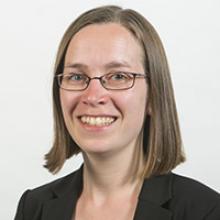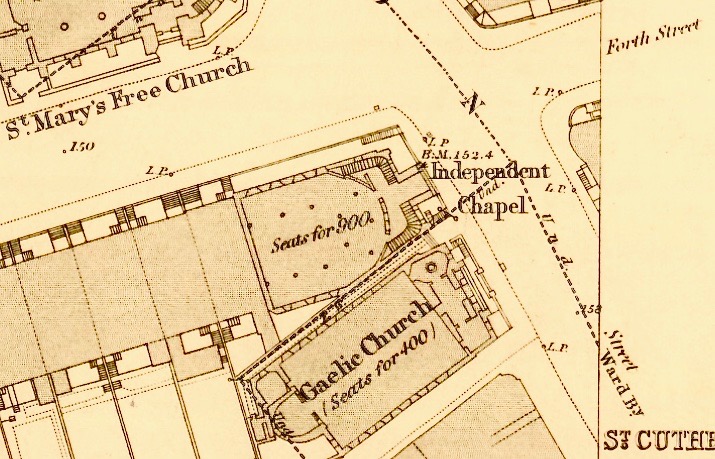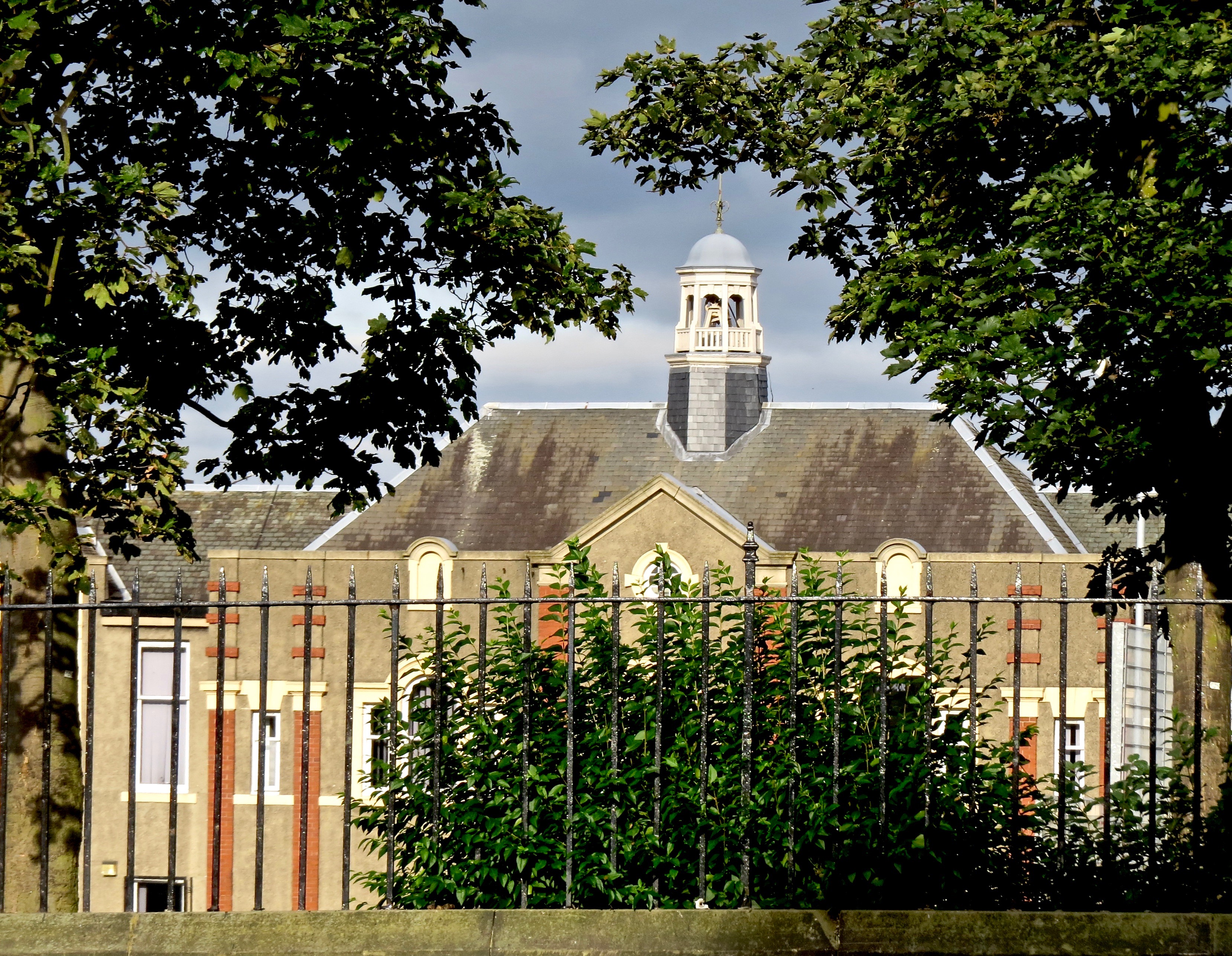
How best should Scotland’s capital support Gaelic and Gaelic Medium Education?
Mary Campbell – Scottish Green Group education spokesperson in Edinburgh, and councillor for Portobello/Craigmillar – reflects.
Lively debate
There is a lively debate in Edinburgh at the moment about how Gaelic Medium Education (GME) should be developed [start here].
While there has been a stand-alone Gaelic primary school (Taobh na Pàirce) since 2013, Gaelic teaching at secondary level has been hosted, until now, within the much larger James Gillespie’s High School.
With a total school capacity of 1,300 and a projected roll of over 1,500 as soon as 2021 (and rising still further beyond), it is clear that James Gillespie’s can’t continue in the same role if GME is to develop. So, whatever else is considered, a future for GME at secondary level needs to look beyond James Gillespie’s High School.
Long history, current popularity
Why is this important? The Gaelic language has a long and proud history in Scotland, and at one time was spoken throughout most of the country. It was the common language in large parts of Scotland for centuries. Edinburgh place names such as Craigentinny, Dalry and Balerno are all from Gaelic and show that the language has deep roots in the capital.

GME at primary level has proved incredibly popular in Edinburgh. While the current P7 year group at Taobh na Pàirce comprises 24 children, the P1 group is 77, representing a tripling of the intake within seven years. Accommodating that level of growth is one of many challenges facing the city’s schools.
That is the backdrop to a recent report, agreed by all parties at the Education Committee in December 2017, to begin an informal consultation on moving secondary-level GME from James Gillespie’s High School to Drummond Community High School, with the ‘opportunity in the longer term, if demand continues to increase, for the school to operate as a dedicated GME secondary school’.
Planning transition
Part of the case for looking informally at Drummond is that the school is close to the Gaelic primary school, which would allow sharing of resources. I understand that case.
However, equally, I recognise the issues raised, including by parents from current Drummond feeder primaries and others, about the potential uncertainty these proposals raise for the future of Drummond.
The future of our children’s education is an emotive subject, and it’s vital the Council gets this right. I and other Green councillors will seek to ensure that these concerns are addressed in any Council proposals that come forward.

But education is only partly about the buildings. It is what goes on inside the classroom that matters. As options for the future are fleshed out – and before they go to formal consultation – a clear strategy on a transition is needed.
That strategy should, for example, build on existing work to improve recruitment and retention of Gaelic medium teachers in the capital, and outline how Gaelic education will be developed. Equally, it should address how a dual campus would work in practice and give benefit to all pupils. And it must show how Drummond’s expertise in providing for young people with additional support needs could be retained and enhanced.
These are issues wherever Gaelic goes.
Constructive approach to positive developments
Is GME a growing part of our education set-up in Edinburgh? Undoubtedly.
Is a move away from James Gillespie’s necessary? Inevitably.
Is Drummond the right destination for that move? It is too early to say.
However, with a constructive approach, I believe that it will be possible to produce a win-win for development of Gaelic and for young people in all communities.
Spurtle has invited statements of similar length from Education spokespersons in all the other parties. We hope to publish them soon. I[UPDATE: Cllr Callum Laidlaw (Con) writes on 30.1.18.) n the meantime …
Got a view? Tell us at spurtle@hotmail.co.uk or @theSpurtle or Facebook
-------------------

































